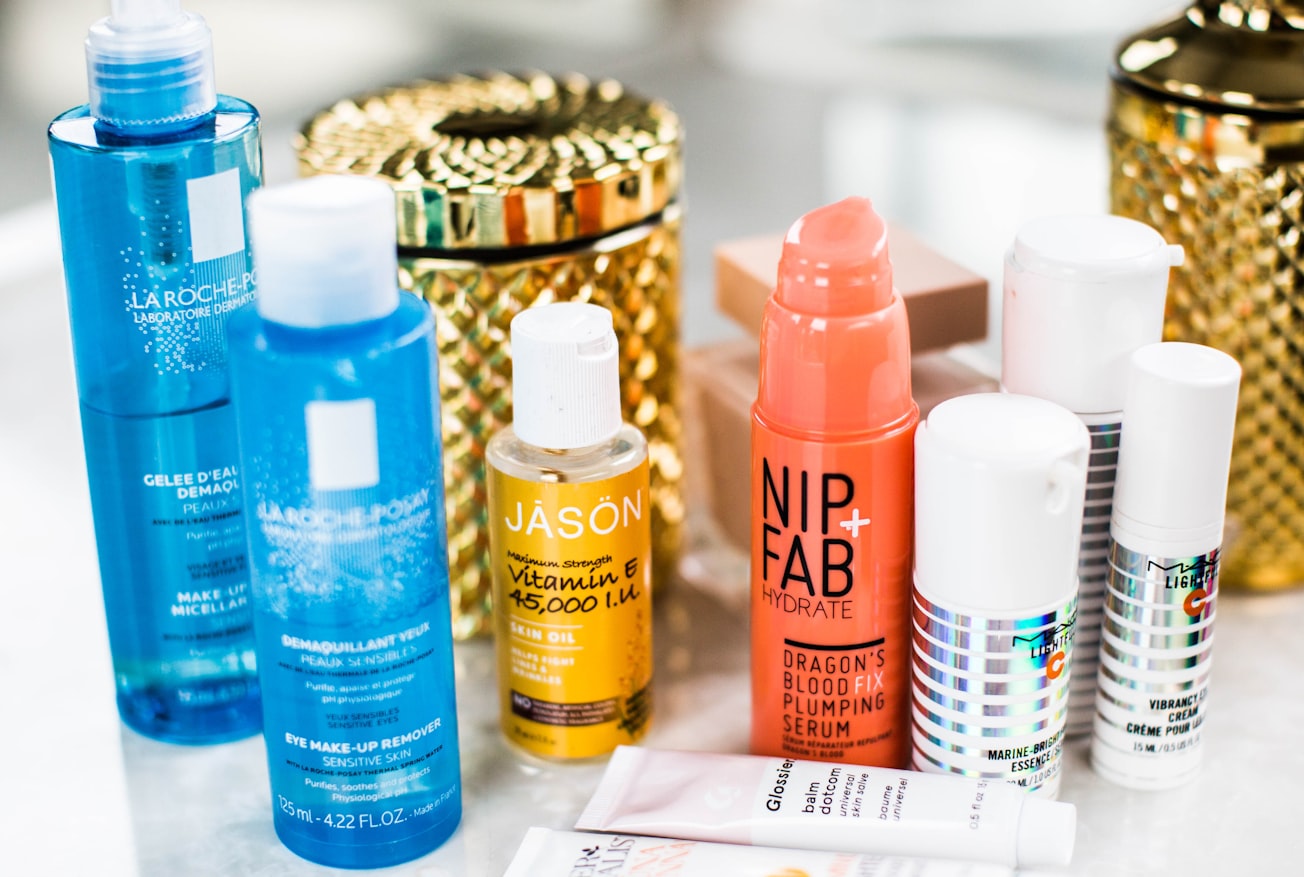What is it about?
Surfactants are molecules with a a water-loving (hydrophilic) part connected to a water-hating (hydrophobic) part. This duality of behaviours leads surfactants to self-assemble into a wide range of structures in water. In this paper we look at the behaviour of one specific surfactant; sodium laurylethoxysulfate or SLES. We look at how the amount of added salt concentration affects the microstructure formed. For little or no salt, spherical structures called micelles are formed which start to grow and form long, flexible wormlike structures as the salt level increases. As the salt concentration continues to increase these wormlike structures start to grow branches and form an interconnected network.
Featured Image

Photo by Charisse Kenion on Unsplash
Why is it important?
SLES is one of the most important ingredients in shampoo and shower gel - pick up a bottle and it is very likely to be the second ingredient listed after water! Understanding the system on the molecular level means we can link the microstructure formed with the physical properties, such as the thickness or viscosity. This information can help manufacturers target a specific thickness in future.
Perspectives
This was a really satisfying paper to be involved with, partly because the images from the simulations are so beautiful!
Dr Charlie Wand
University of Exeter
Read the Original
This page is a summary of: Constructing the phase diagram of sodium laurylethoxysulfate using dissipative particle dynamics, Journal of Colloid and Interface Science, December 2019, Elsevier,
DOI: 10.1016/j.jcis.2019.08.091.
You can read the full text:
Contributors
The following have contributed to this page







